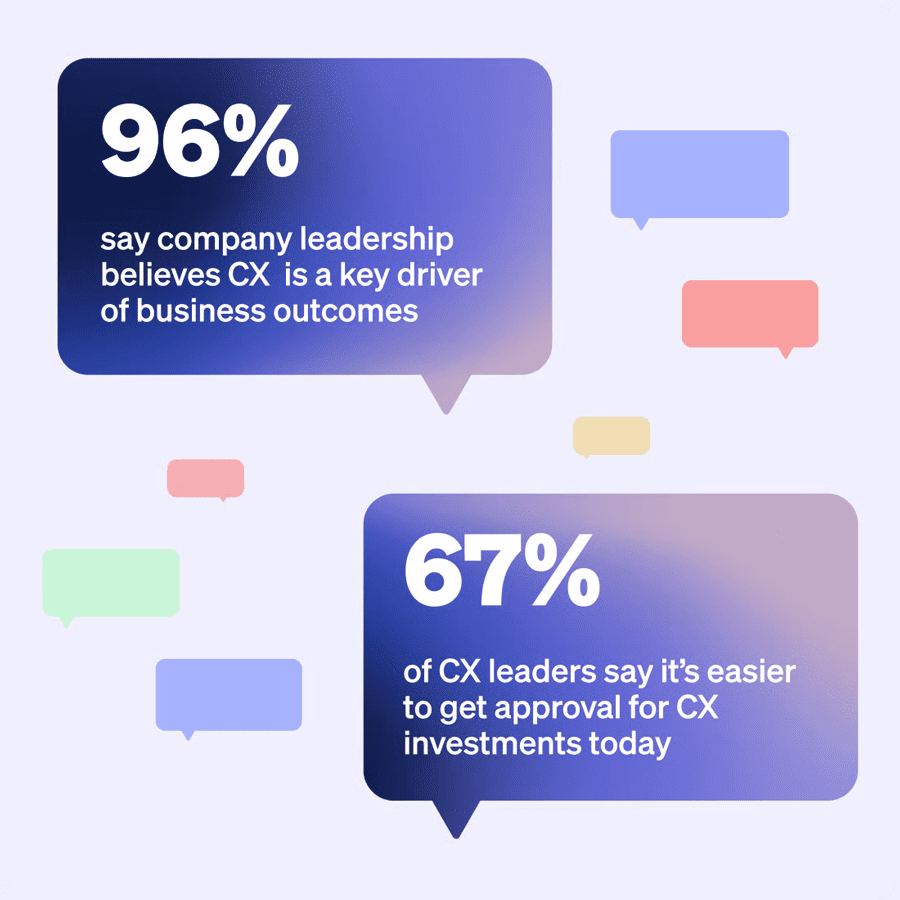Energy companies, like businesses across numerous other sectors, are trying to navigate an extreme lack of certainty right now in the global marketplace. At times like this, one of the best steps businesses can take is to focus on things that are within their control. The good news is that, entirely outside of politics and economic realignments, there’s something business can do to transform, meet new demands of consumers, and set themselves on a path to greater success: Engage in a customer experience (CX) revolution.
Every good business wants its customers to have good experiences, of course. CX is about a holistic view of the customer. It refers to the sum of all experiences a customer has with a brand, across all platforms. These days, people interact with brands in more ways than ever – in person and by phone, email, texting, apps, social media and more. They want and expect the brand to “know” them. That way, with each new touchpoint, they don’t have to start from scratch.
A recent survey from my company, Nextiva, found how big the transformation has been in recent years. Virtually all (96 percent) of business leaders polled for “The Leader’s Guide to CX Trends in 2025” said their company now sees a customer experience strategy as a key driver of success.

In any industry, successful CX requires pulling together all of the information about a customer into a single record that employees and AI-powered tools like chatbots can access instantly. The key is to use a unified customer experience management platform (UCXM) that gathers all this information. With natural language processing, the platform can instantly create summaries and provide insights about the customer so that the next time they’re in touch, whoever is interacting with them has all this information at hand.
But CX is also different for each industry. Learning the unique things it takes to deliver the best possible experiences in any sector is essential. That’s certainly the case for energy.
For example, McKinsey explains that, “For regulated utilities, this means finding ways to simplify processes, create new digital products and experiences, develop new offerings, and ultimately make it easier for customers to do business with the utility.” It also means getting rid of silos that can limit internal communication, and sometimes finding creative ways to work with legacy technology and “antiquated tech stacks.”

Many energy companies, meanwhile, are used to traditional ways of providing for customers. Now, customers want these companies to be as convenient as Amazon and as innovative as Apple, Energies Media notes. And EY says today’s energy customers want more control and more sustainable choices. That requires agility and adaptation.
Doing CX right in the energy sector also requires a detailed look at both business-to-consumer (B2C) and business-to-business (B2B) operations. The University of Michigan’s Roth School of Business discussed this with the head of transformation for manufacturing, energy and resources at Tata Consultancy Services. “We consider every aspect of interaction with the customer and try to optimize it, with a focus on data throughout the journey. What devices are they using, apps, etc.,” Subhash Sakorikar explains.
My team and I know from experience how quickly the right customer experience strategy can help energy companies. A renewable energy business we worked with to develop industry-leading CX grew so quickly that it expanded headcount by 450 percent in just two years.
But it isn’t just these kinds of energy businesses that benefit from CX. It’s also the ones that Americans interact with in person all the time: gas stations. Research shows that around the world, owners of these small businesses have been experimenting with big customer experience improvements and reaping rewards.
Ultimately, this is one of the most important differentiators to determine future success. With CX at the forefront, energy businesses of all kinds can surpass the competition, leading their fields for generations to come.
Click here to access your copy of “The Leader’s Guide to CX Trends in 2025.”
Photos courtesy of Nextiva.
Tomas Gorny, co-founder and CEO of Nextiva, is an innovator transforming how businesses communicate, connect and collaborate with their customers and teams.







